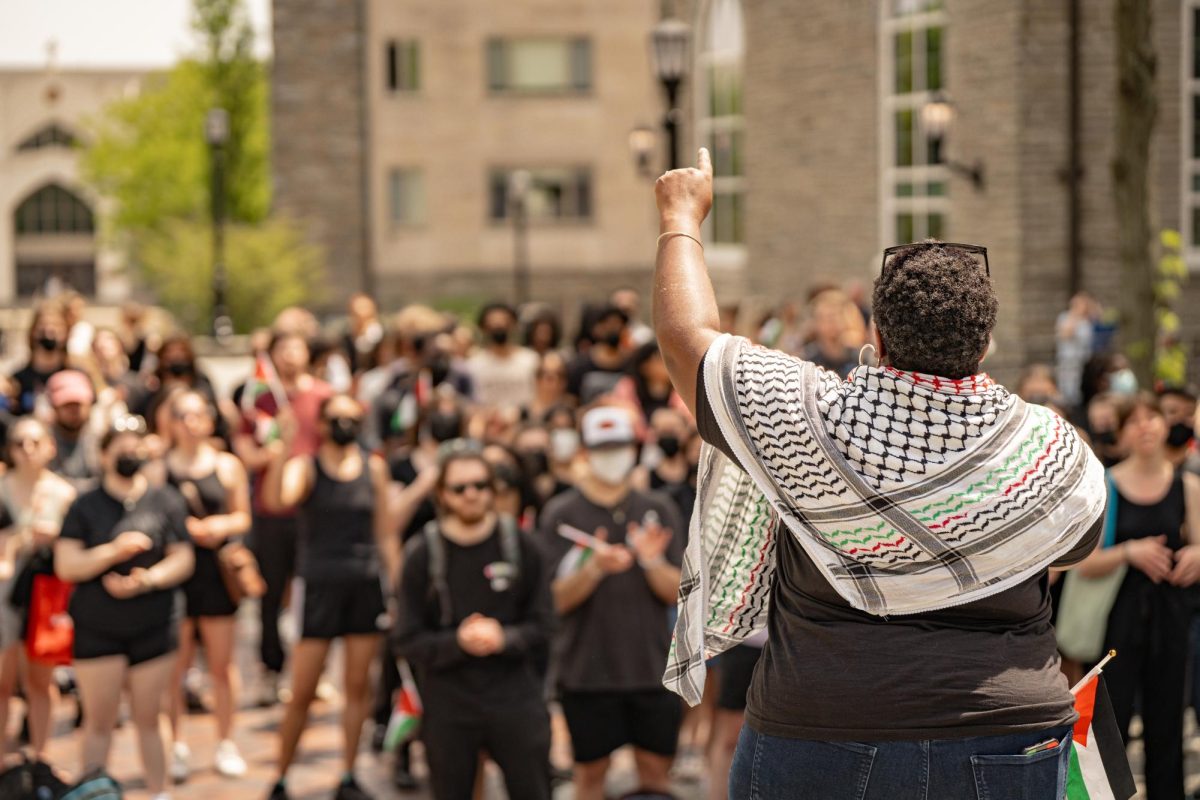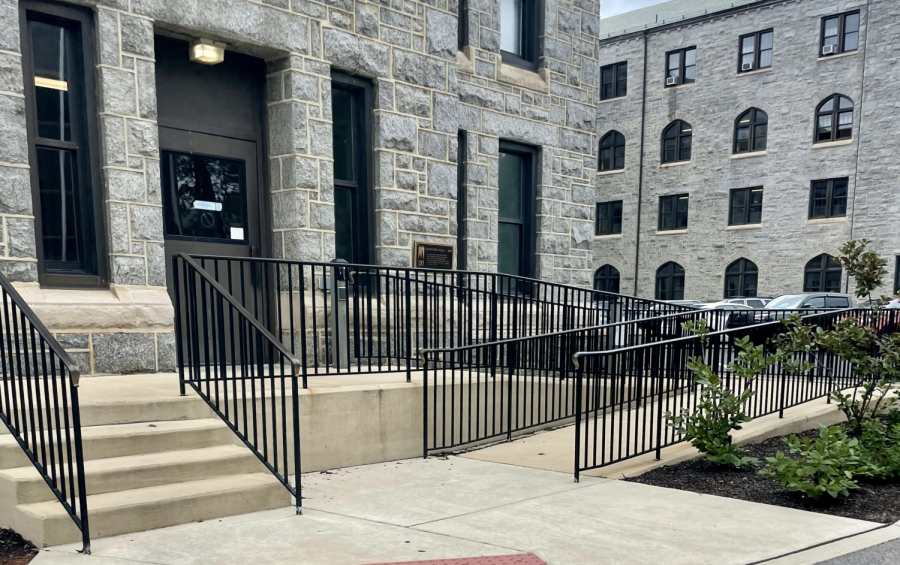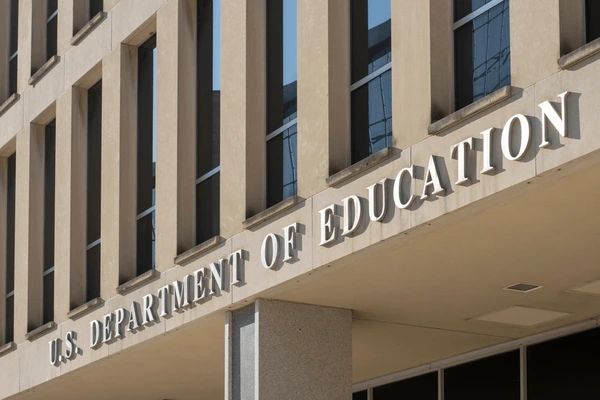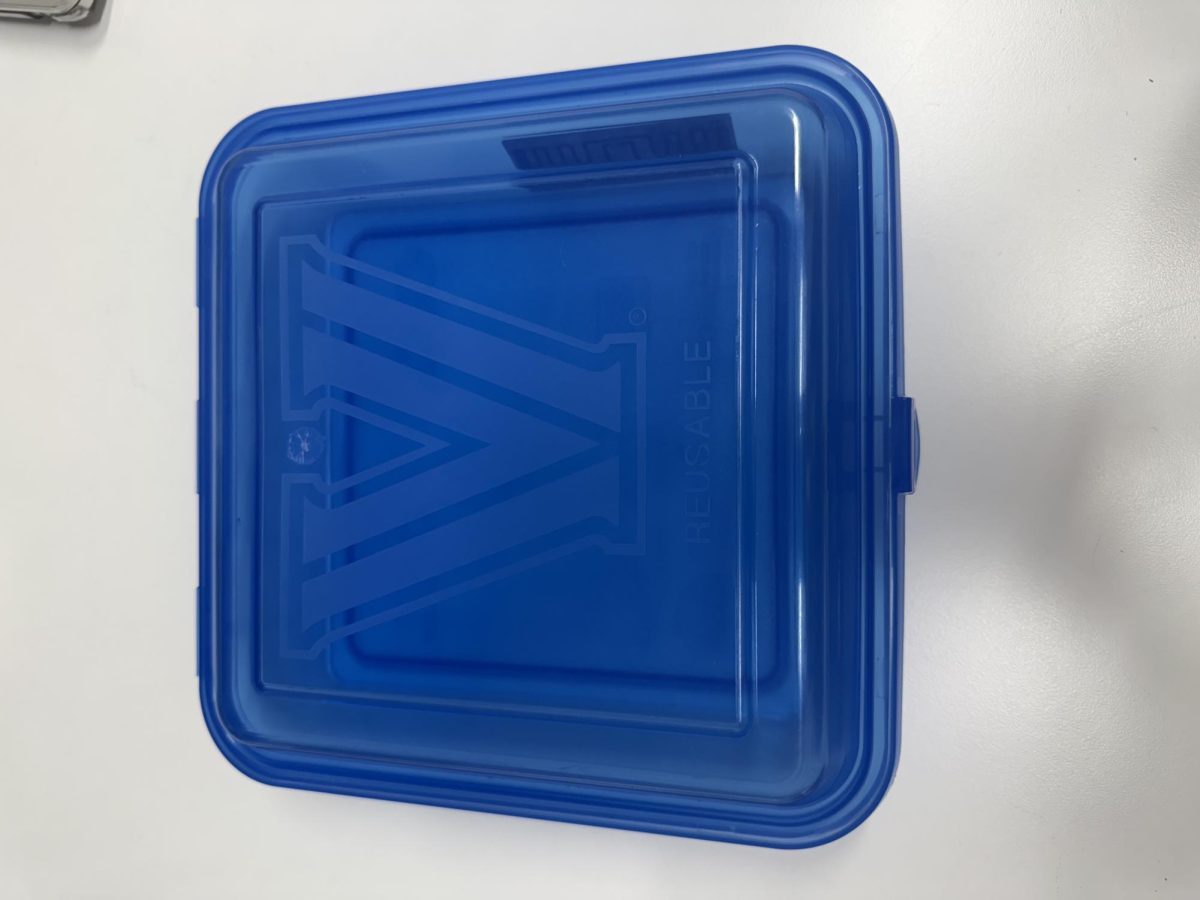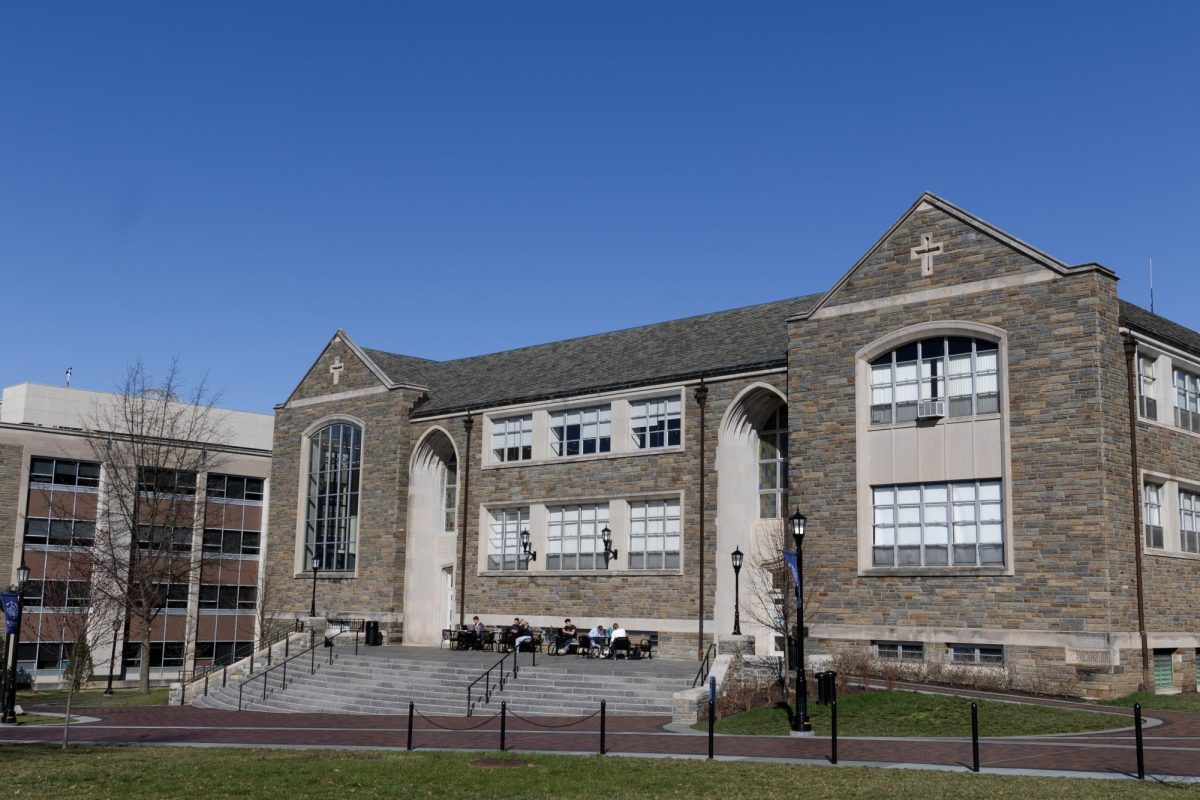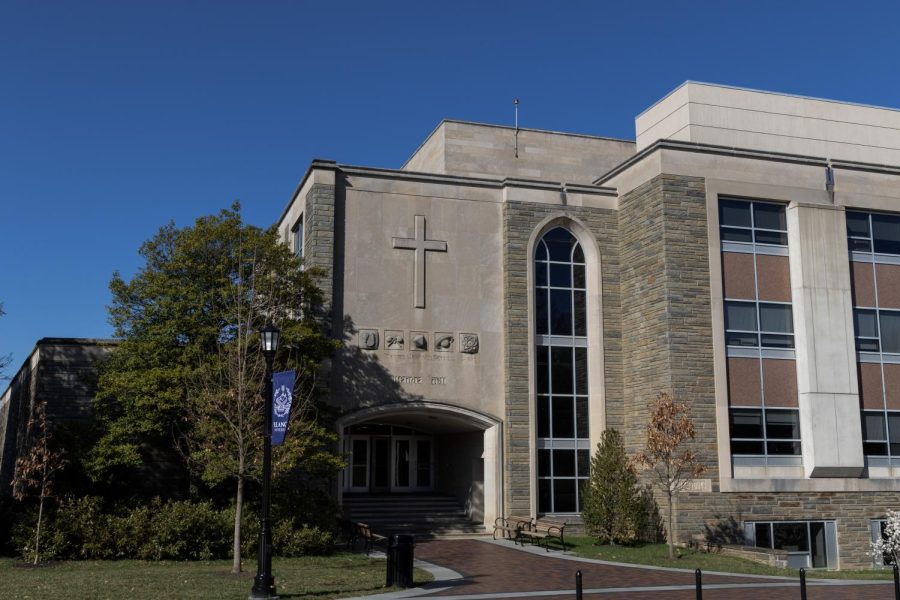On Thursday, March 20, Professor Billie Murray, Ph.D. held a conversation on “What’s Happening with Student Activism” in St. Rita’s Hall.
Murray is an Associate Professor of Communication and the Assistant Director for Academics for the Center for Peace and Justice Education. Her research focus is on community response to instances of hate speech. She is a longtime activist who is well versed in many social justice issues and has abundant firsthand participation in activism as she has played organizational roles in protests and other acts of civil disobedience.
“College is the first time a lot of people have been exposed to activism and intervening,” Murray said.
University students have historically played a key role in activism for a number of reasons. For example, throughout higher education, students are exposed to new ideas and material causing them to challenge the status quo.
Murray described how students hold a unique position to challenge this status quo because they are enthusiastic and flexible. They do not have the responsibilities that often prevent older generations from taking action. Additionally, colleges are localized and close-knit which theoretically makes it easy to spread awareness and organize. However, in the age of social media there are barriers to organizing and rallying tangible support for causes.
Murray opened the conversation up to the students in the group. She wanted to hear directly from the source to see how students view activist culture both in the world and specifically at Villanova. Students began by acknowledging how the expectations and norms of Villanova differ from other schools based on the above average socioeconomic status of most students, the nature of the administration as a private Catholic university, and its status as a primarily white institution.
Murray touched upon the idea of “‘Nova Nice,” or a widely recognized phenomenon of performative charm and people pleasing that students exhibit rooted in economic and racial privilege. Murray said that because of the homogenous nature of Villanova, aspects such as race and class go widely unacknowledged. This serves as a barrier to fostering effective protest and change because it reinforces complacency under the illusion that everyone is happy and accepting.
The line of the conversation shifted to talking about the impact of social media and the consequences of performative activism. Murray emphasized that for a long time, people believed social media would be a medium to connect people and facilitate discussion, fostering unity and organization for a cause or group. She further described how there was a gap between the people who were out fighting for change and people who wanted to act, but did not know how to get involved.
“Social media was supposed to be the thing that bridged that gap,” Murray said.
Murray described how this is not always the case. It is challenging to drown out the noise when filtering through the endless content of social media, and this leads to people missing important calls to action. This effect coupled with the idea of online activism drives complacency, because people think they have effected change with the tap of a button. Simply reposting something to your story “gives us a feeling of satisfaction, but actual material change does not follow.” Murray emphasized that educating people and spreading the word is still a noble pursuit, but it is a small piece of the puzzle.
The speech drew attention to how community is not built online, and sometimes reaching millions of people’s screens is not as valuable as sitting down with 15 people from one’s community— one’s school, neighborhood, religious institution, workplace—and having a real live conversation.
“For decades now we have been pushed away from each other and pulled apart from talking to each other,” Murray said. “Talking about community online is not the same as actually having a conversation with your community.”
This idea of community is at the heart of Murray’s discussion because she believes in mutual aid. Mutual aid is cooperation and aid between members of a community that a bigger organization or power cannot provide.
“We help us, we protect us,” Murray said as she concluded her speech.
She left the audience with a lasting call to action.

